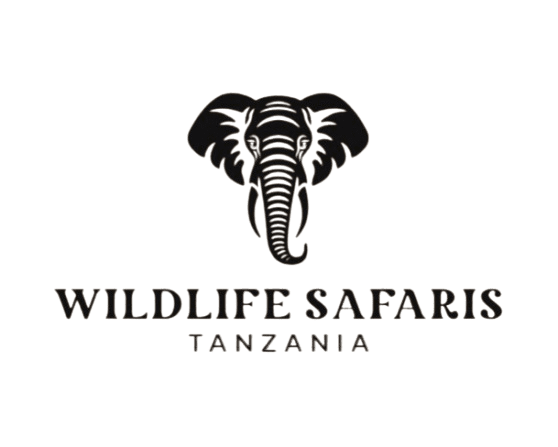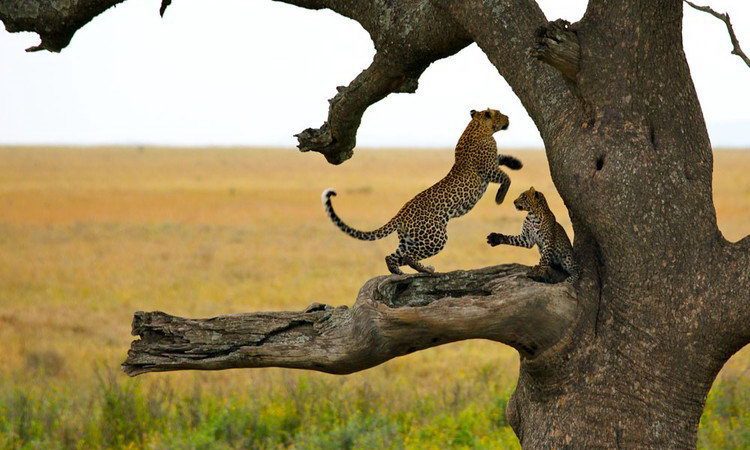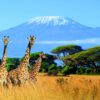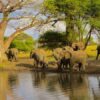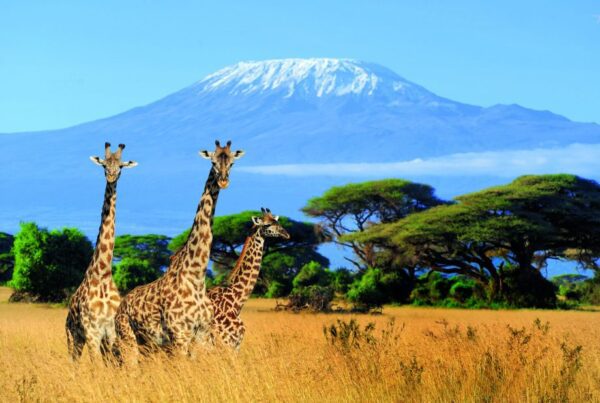In September, what should one visit in Serengeti National Park?
The Serengeti is undoubtedly one of Africa’s best wildlife refuges. Renowned for its one-of-a-kind, enormous journey of millions of gazelles, zebras, and wildebeest, the Serengeti is home to one of the planet’s oldest, unchanging ecosystems. And whether you’re a first-time tourist or a repeat one, it consistently exceeds guests’ expectations.
Our clients frequently inquire about the wildebeest migration in the Serengeti. They don’t know if they will get a chance to see this amazing event. Since the wildebeest have migrated into the Masai Mara, some people may wonder if there is still wildlife on the Serengeti. We are here to answer any queries you may have.
What does place in September in the Serengeti?
The Mara River crossing is the major event that takes place in the Serengeti every September. The park’s far north is where this event takes place. From August to October, the migratory herds begin to traverse this river, which is rife with crocodiles. However, September is the month with the highest crossings in most seasons, as the animals understand they have little alternative but to brave the deadly Nile crocodiles and swift-moving torrents.
These crossings often occur from both the Masai Mara and the Serengeti. The river flows through the Masai Mara in some places and the Serengeti in others. As a result, you may observe a Serengeti crossing.
To put it simply, you will witness: • Crossings of the Mara River in September.
• Extensive hiking for wildebeest
• Innumerable movements of predators.
Is September a suitable month to travel to the Serengeti?
Indeed, the greatest time to visit the Serengeti is around September. The weather is steady and steady. Additionally, the foliage is sparse, which facilitates animal observation. In order to satisfy their thirst, enormous herds of grazers gather along rivers and streams. Additionally, September is a shoulder season, with a small number of tourists to the park. This allows you to reserve rooms at the most affordable camps and resorts.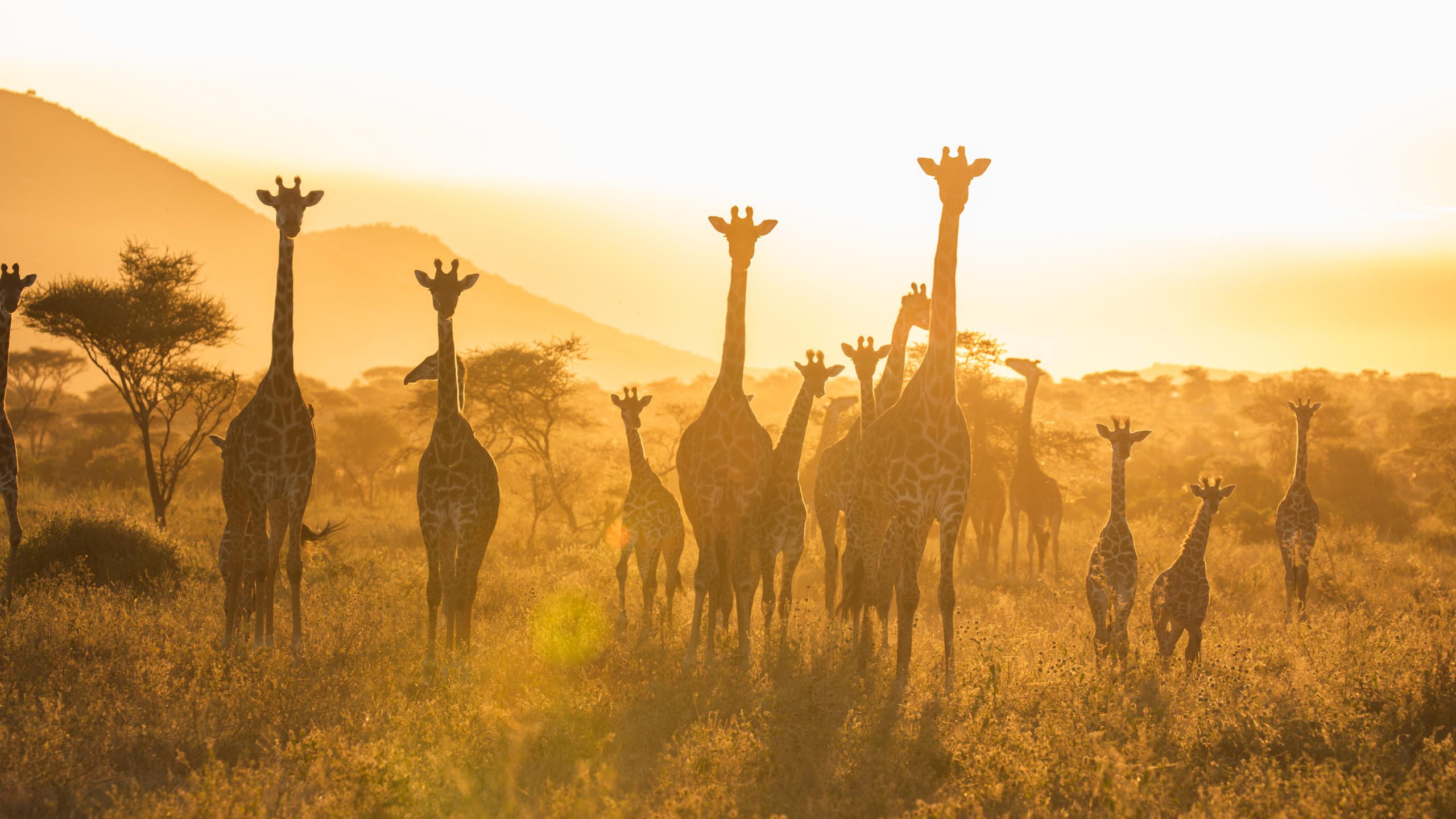
What to do in September in the Serengeti?
As previously said, the first thing to do in the Serengeti in September is to see the crossings of the Mara River. In addition, you can do the following actions:
1. The Big Five are visible.
The finest park to see all five of the Big Five is the Serengeti. Contrary to what their name implies, the Big Five creatures are not very large. Furthermore, some of them—particularly the lion and leopard—cannot compete with the giraffe and hippo if size is everything. However, five creatures that are very risky to hunt on foot are typically referred to as the “Big Five.” These include buffalo, lions, leopards, elephants, and rhinos.
Travel to the center region, commonly known as the Seronera, if you want to observe these creatures as soon as possible. With leopards on the banks of the Seronera River and lions favoring the grassy plains and kopje area, they both find sanctuary in the breathtaking Seronera Valley. Black rhinos reside close to the Moru Kopjes, while herds of buffalo and elephants are frequent in the region’s forested areas.
2. Looking for additional creatures.
The Serengeti is more than simply the Big Five and the Great Migration. There are many of other animal species there that are worth viewing. You will see spotted hyenas, giraffes, impalas, cheetahs, and even the uncommon African hunting dogs. Bat-eared foxes, dik-diks, elands, jackals, hartebeest, crocodiles, hippos, bushbucks, and monkeys are among the other creatures.
3. Aerosol ballooning.
Imagine a picturesque scene as the sun rises over the vast savannahs, which are becoming amber and rose. And it just finds you floating in midair while taking in breathtaking views of wildlife and scenery. This is an image of a Serengeti balloon ride.
You may float over massive herds of wildebeest and observe elephants moving like little objects throughout this adventure. To give you a more personal experience, the pilot may operate at low altitude, barely above trees, depending on the wind.
You then arrive at a landing place an hour later. A champagne-topped celebratory brunch is served to honor your outstanding accomplishments. After that, you can either continue with your regular activities or go to the camp to unwind and think.
4. Observing birds.
The Serengeti offers resident bird watching. All 500 of the park’s bird species may be found there. A variety of animals may be seen here, including ground hornbills, secretary birds, eagles, ostriches, vultures, cranes, turacos, owls, rollers, and kingfishers.
Where can I stay in September in the Serengeti?
Depending on your location, yes.
There are several places to stay if you’re traveling to the migratory area, which is now the northern Serengeti. Olakira Migration Camp, Serengeti Bushtops, Lemala Kuria Hills, Sayari Camp, and Serengeti Under Canvas are all options for upscale camping. Ubuntu Migration Camp, Kenzan Mara Tented Camp, Mara River Camp, and Serengeti are affordable choices.
Heritage Mara Camp and Wilderness Camp.
Finishing up.
Particularly when it comes to the September wildebeest migration, certain information may be inaccurate. To provide you an update on the wildebeest migration, however, we have decided to stand on the right side. You may still observe many different animal species and cross off the Big Five if you miss this event, which doesn’t happen very often.
